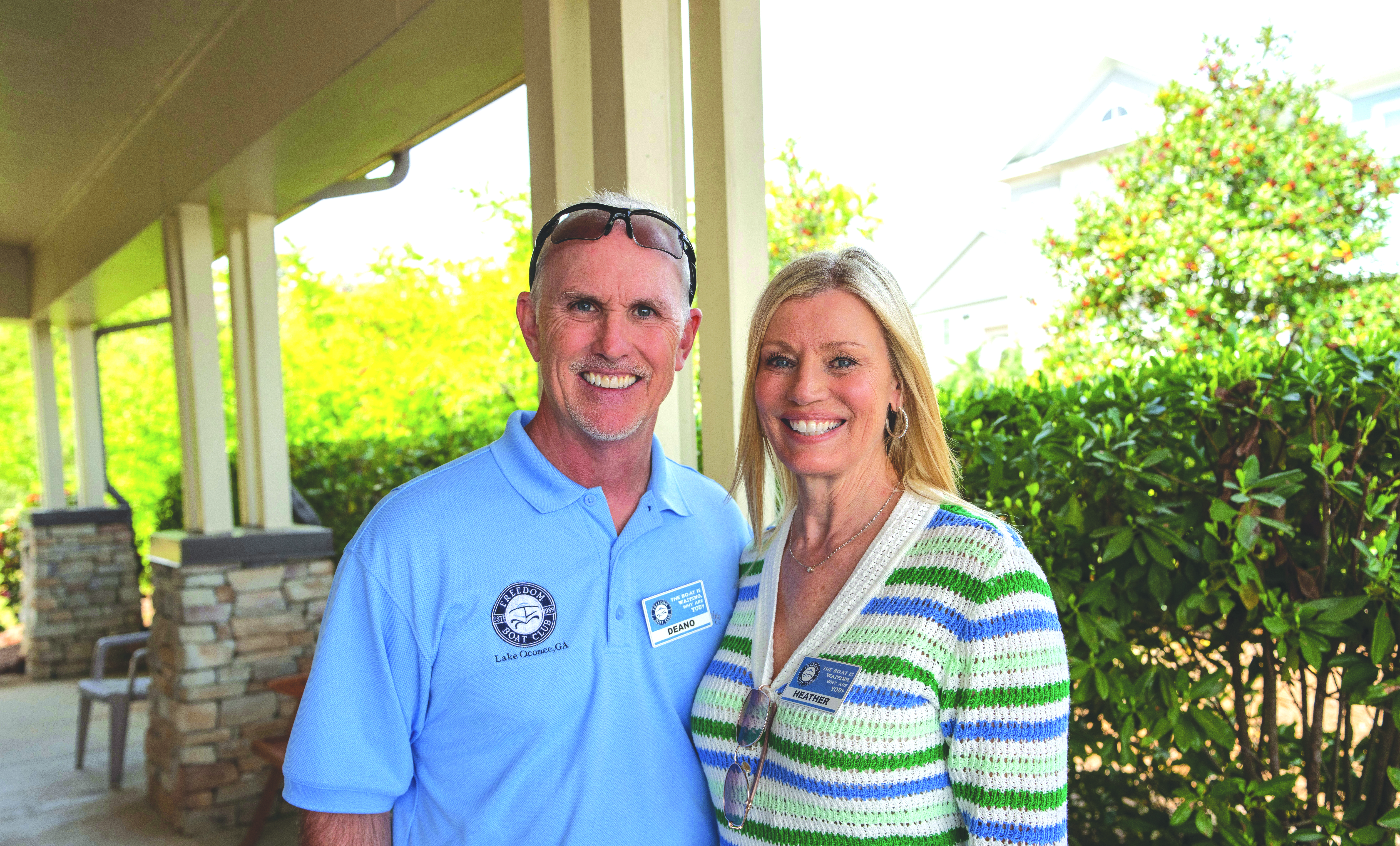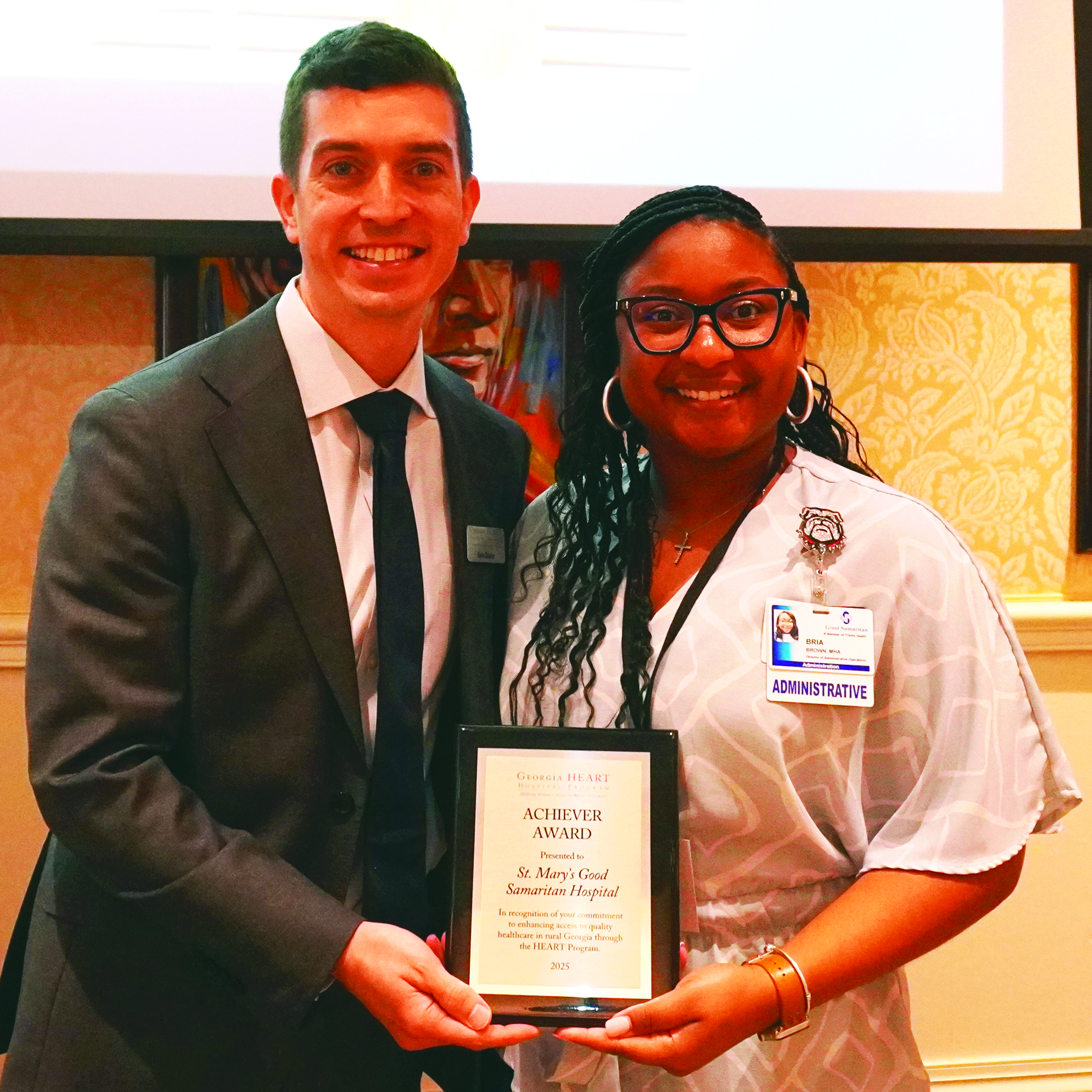Economy shrinks again as consumers continue to sit on their money
Published 7:00 am Saturday, May 30, 2015
WASHINGTON — If there was any time for American consumers to feel good, it would be this moment. Job growth is brisk. Paychecks are finally nudging up. And a surprise drop in gas prices has given the average household an extra $700 a year.
But six years after the end of the Great Recession, Americans are startlingly anxious about their economic prospects. They are sitting on their money in a way that suggests that the consumer psychology may have fundamentally changed, with people less willing to spend than they were during other periods of economic prosperity.
Government data released Friday showed that the economy shrank at a 0.7 percent annual rate between January and March, in part because consumers pulled back on spending. The disappointing numbers interrupted a steady clip of positive economic news that many analysts had used to suggest that the nation was on the verge of liftoff.
Although the United States faces other headwinds, the newfound prudence of American consumers has turned into the country’s core economic dilemma. Some economists say that the recession caused a psychological trauma deeper than initially appreciated, leaving Americans of all ages less willing to inject their money back into the economy in the form of vacations, clothing and nights out.
It’s a sharp contrast to the 1990s, when consumers spent freely as their wages rose robustly, and the 2000s, when Americans funded more lavish lifestyles with easy access to credit cards and home-equity loans.
Now, “there is almost an expectation that the good times won’t last,” said Carl Tannenbaum, chief economist at Northern Trust, a wealth management firm.
Three times since the recession the U.S. economy has contracted for a quarter, but the latest occurrence is perhaps the most puzzling, given the breakneck growth of last summer and fall and as hiring finished its best year since 1999.
When oil prices began to dive in October, analysts and investors spoke of an economy poised for a higher gear: Cheaper prices at the pump amounted to a massive tax cut for the middle class that would stimulate discretionary spending and create more jobs.
But that hasn’t happened. Personal spending was up a tepid 1.8 percent in the first quarter, well off the pace from last year. Meanwhile, Americans are dumping more money into their savings accounts. If their habits between January and March keep up, consumers this year will save an extra $800, according to government data.
The change in behavior appears to be at least partly psychological. The recession coincided with a wave of busted home loans, premature retirements, long unemployment lines and depleted retirement savings. Americans have since worked to rebuild their financial security. Millennials, according to researchers, are perhaps the most surprising conservative spenders, shaped by recent years in which they incurred student debt, fought for jobs and were forced to take lower-paying positions.
“Now, more are getting jobs, more moving out of their parents’ home,” said Warren Solochek, vice president of client development at NPD Group, a market research company. “But that group is much more cautious because they’ve lived through this crappy time.”
According to Bankrate.com, a financial services company, only one in seven Americans have spent their gasoline savings on discretionary items such as travel and dining out. Separate government data showed that spending is flat on electronics, groceries and furniture.
For Richard Knipp, 57, a member of Teamsters Local Union No. 142 in Gary, Indiana, cheaper gasoline prices have allowed him to maintain his daily spending while also contributing 3 percent more to his retirement fund. He recently began doling out $200 monthly to each of his three grandchildren for their long-term savings accounts.
“I opened those accounts even before the recession,” Knipp said, “but some years I didn’t put in anything. Now I’m putting in more.”
Economists are uncertain how long the new prudence will last and say the question marks a major fork in the road for U.S. growth.
Historically, spikes in the savings rate have proven temporary, Jason Furman, chairman of the White House Council of Economic Advisers, said in a statement Friday. If the savings rate snaps back to its previous level for the rest of 2015, consumption will grow at a brisk 4 percent rate — enough to drive faster economic growth.
But if the savings rate keeps up, even for another quarter, the United States will be looking at the most disappointing patch of an up-and-down recovery.
“There is this memory issue from the recession, and you would think that would wear off after a time,” said Tim Hopper, chief economist at TIAA-CREF, a financial services company. “But the bounce-back we’re waiting for hasn’t materialized. It’s almost like ‘Waiting for Godot.’ “
Americans might be hesitant to part with their gas savings because they aren’t convinced that cheap prices will last. Although prices are well below the $3.60-per-gallon mark seen last summer, they have ticked back up in recent months from $2.00 to $2.70.
“The fleeting nature of cheaper gasoline prices leads to that natural skepticism,” said Greg McBride, Bankrate.com’s chief financial analyst.
The disappointing spending has been particularly noticeable in the retail industry, which had anticipated a heady start to 2015. But Commerce Department data shows that retail sales were sluggish in the first four months of the year, and several of the nation’s largest chains reported lackluster first-quarter earnings results.
Wal-Mart, for example, saw a modest 1.1 percent increase in its sales at U.S. stores open more than a year. J.C. Penney, Macy’s and Kohl’s also reported tepid sales growth.
If there’s any pattern it’s that consumers are resisting impulse buys and are instead opening up their wallets for planned and researched purchases. Home Depot, for example, was one of the few retailers to post solid first-quarter earnings results, helped by sales of big-ticket items such as riding lawn mowers, water heaters, appliances and windows — the kinds of items a shopper is not likely to pick up on a whim.
As the United States waits to see if consumers will come back, it also faces challenges from a stronger dollar — which widens the trade deficit and drags down growth — and a freeze in oil-field investment.
The United States has shaken off nasty quarters in the past, including one year ago, but this time the rebound doesn’t appear to be as dramatic. Halfway through the second quarter, economists say, growth again appears to be below expectations. Many analysts expect the gross domestic product to expand about 2 percent in the second quarter, while the Federal Reserve Bank of Atlanta takes an even darker view, predicting an expansion of just 0.8 percent.
The GDP figure for the first quarter is preliminary and will be revised again next month.
“Really, the interesting question is how much of this will bounce back,” said Jeremy Lawson, a chief economist at Standard Life Investments, an asset management firm. “My take is that activity will rebound more slowly than it did last year. Some of these downward pressures are more persistent than in the past.”





